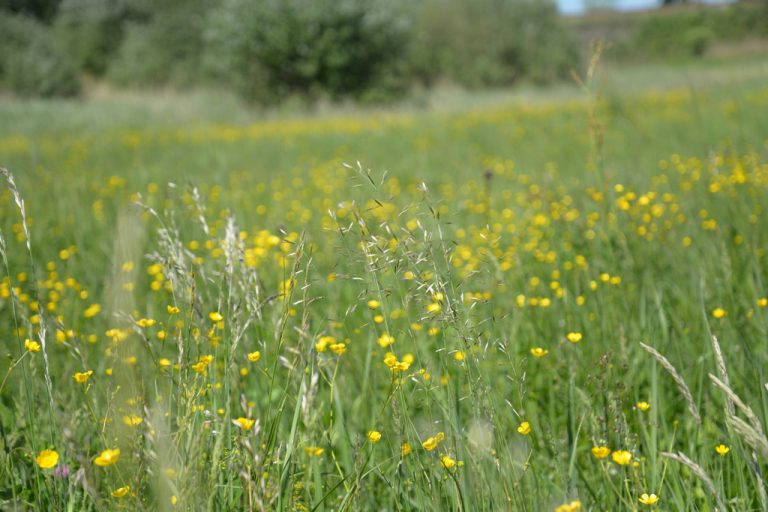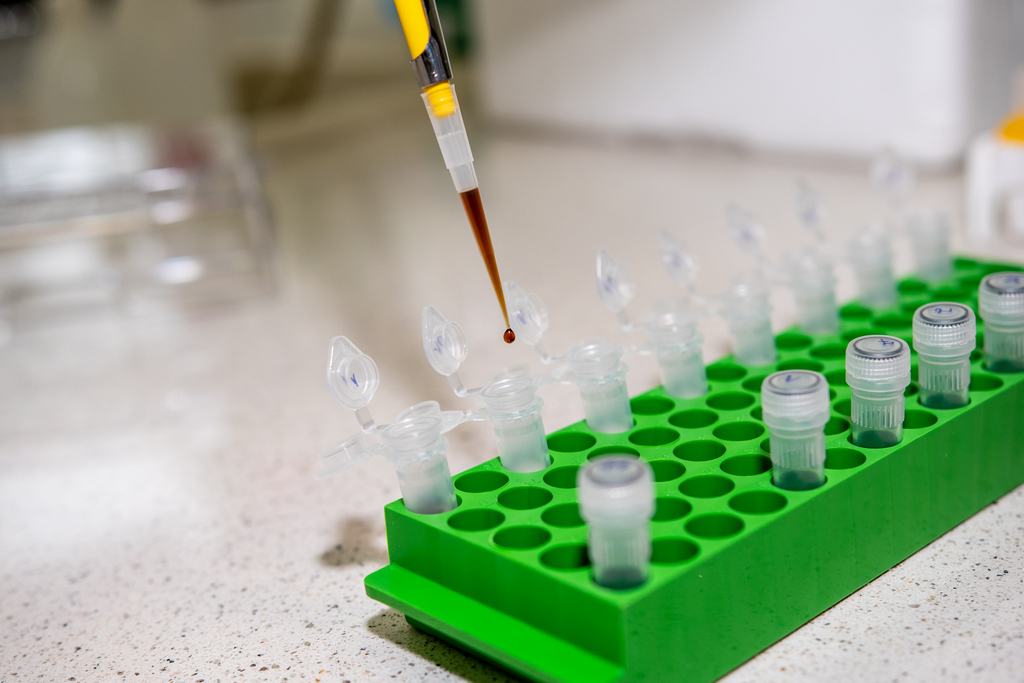Today, molecular biology tools are increasingly helpful in answering many environmental questions. In particular, they are widely used in the correct characterization of the species composition of a sample under study (e.g., from air, water or soil). For this purpose, the method of metabarcoding, that is, reading and assigning to a given species the DNA fragments present in that sample, is used.
Extremely important in this process is the step of isolating DNA from an environmental sample. The prerequisite for determining the presence of a given DNA fragment (corresponding to a species) is its isolation, which is not always easy, especially in the case of heavily contaminated samples or samples that represent a rich mixture of different species.
Scientists from the Botanical Garden pointed out which elements of environmental samples from plant communities (using the example of grasses) should be paid attention to, so that the DNA isolation step would allow obtaining pure genetic material from as many species present in the sample as possible. They conducted an experiment on a number of samples from the aboveground part of the community (all leaves, stems, flowers, fruits) and the underground part analogous to it from the soil (roots, rhizomes, bulbs, tubers) from a total of 216 samples. They learned which plant species and which soil factors most disrupt the DNA isolation process.
The work was carried out under NCN project 2017/25/B/NZ8/00572.
Details in the study https://www.mdpi.com/2218-273X/11/2/318

post
post
2021-03-01 08:16:55


